UK-based artist Ed Fairburn commemorates the connection between people and places in his unconventional illustrations. Using hand-picked maps from his collection, he carefully adds hand-drawn portraits to the topography of cities and landscapes, merging human figures with the environment.
“At its core, my work is loosely about coexistence,” he tells My Modern Met. “That can mean commemorating the links an individual has with a particular location, but it can also represent something much wider, shining a light on the similarities between ourselves and this place we call home—celebrating the way in which we are a product of the landscape, and recognizing how the landscape is increasingly becoming a product of us, our actions, and the choices we all make.”

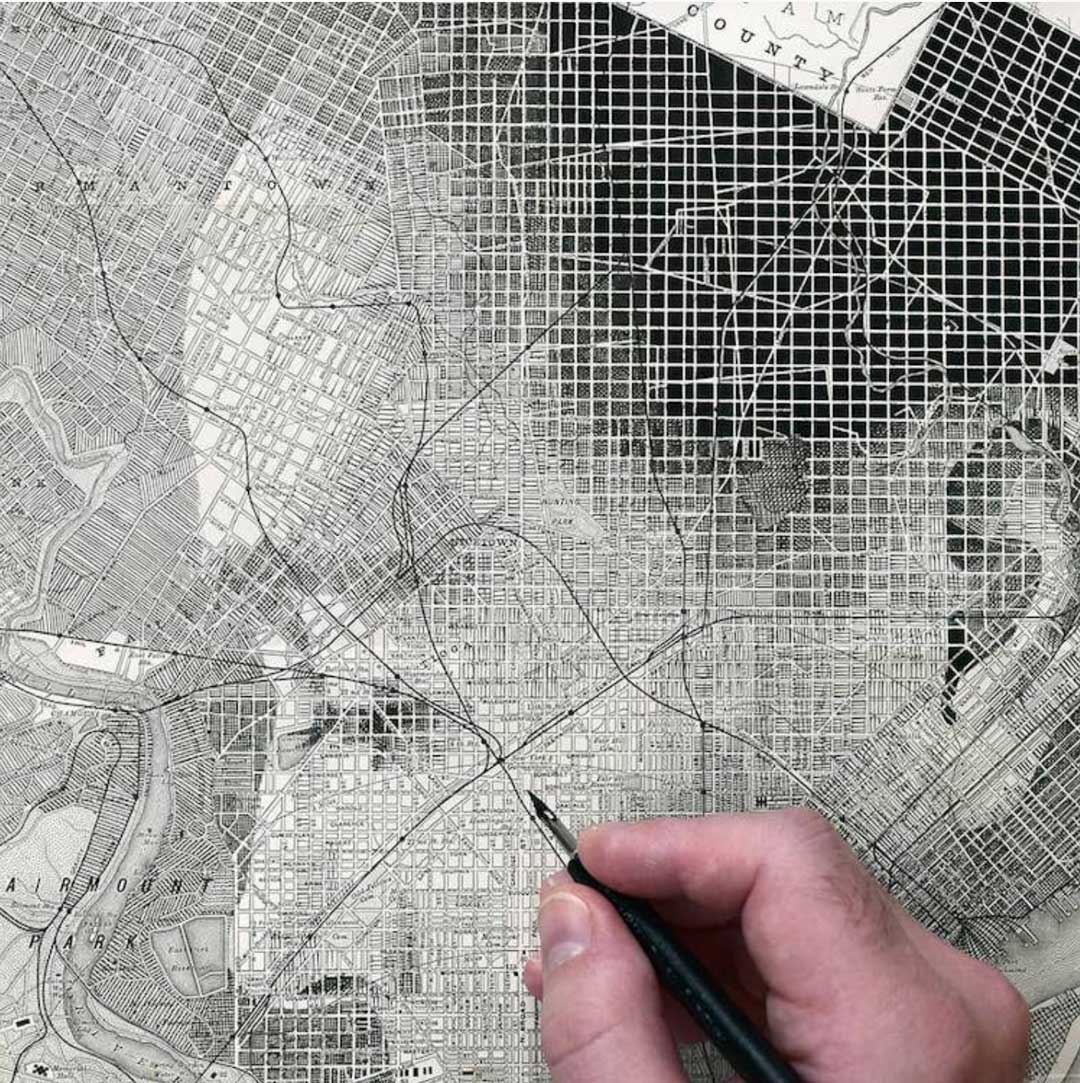

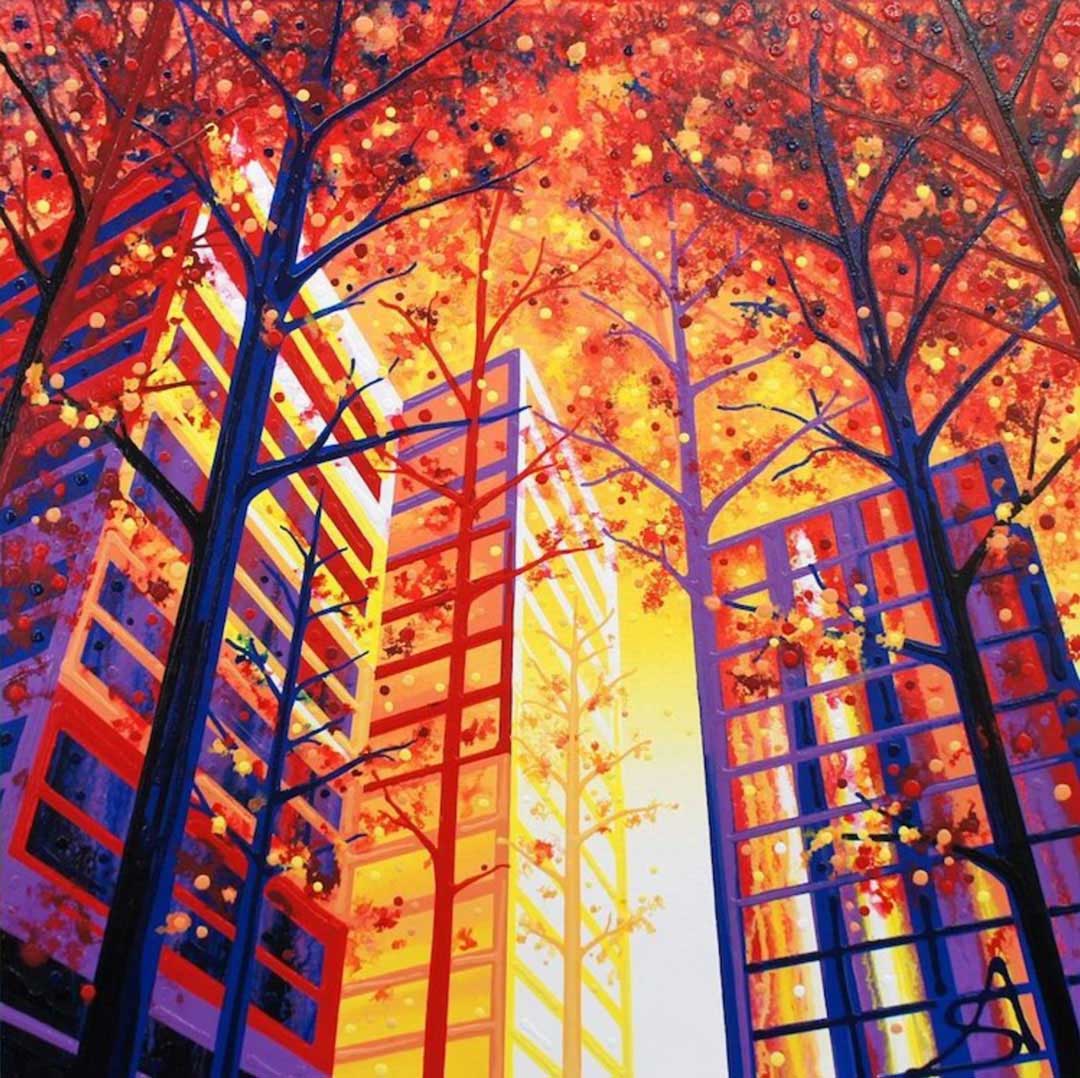

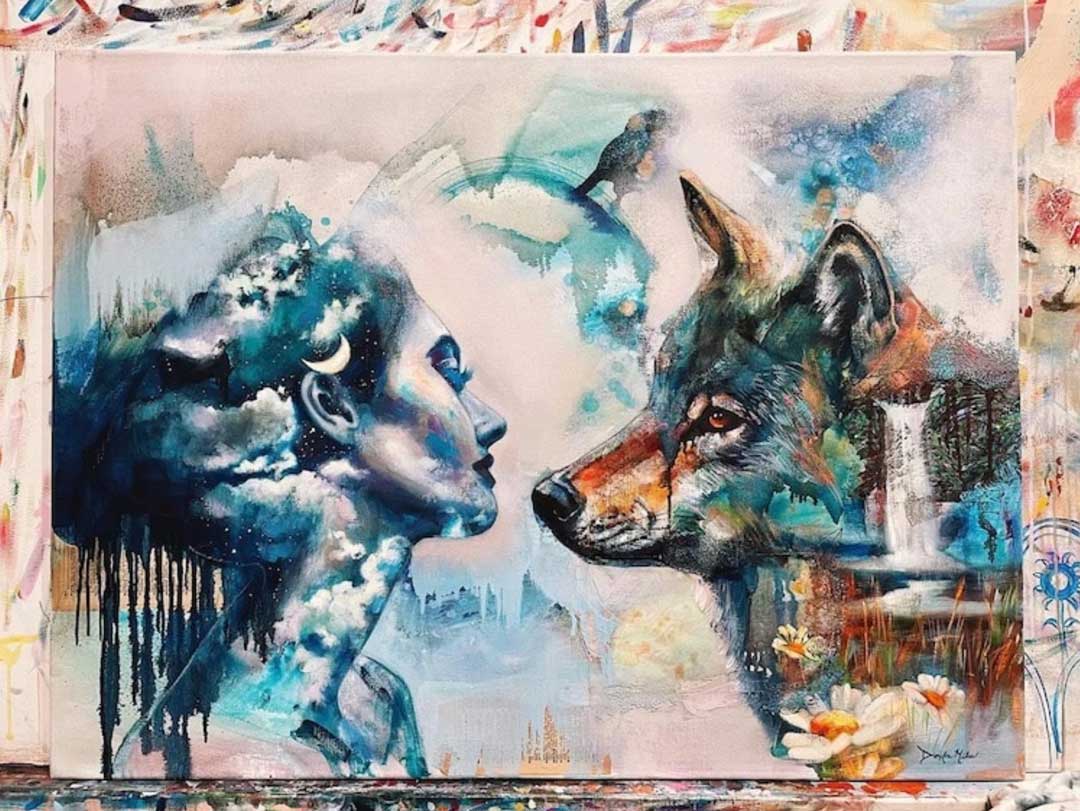
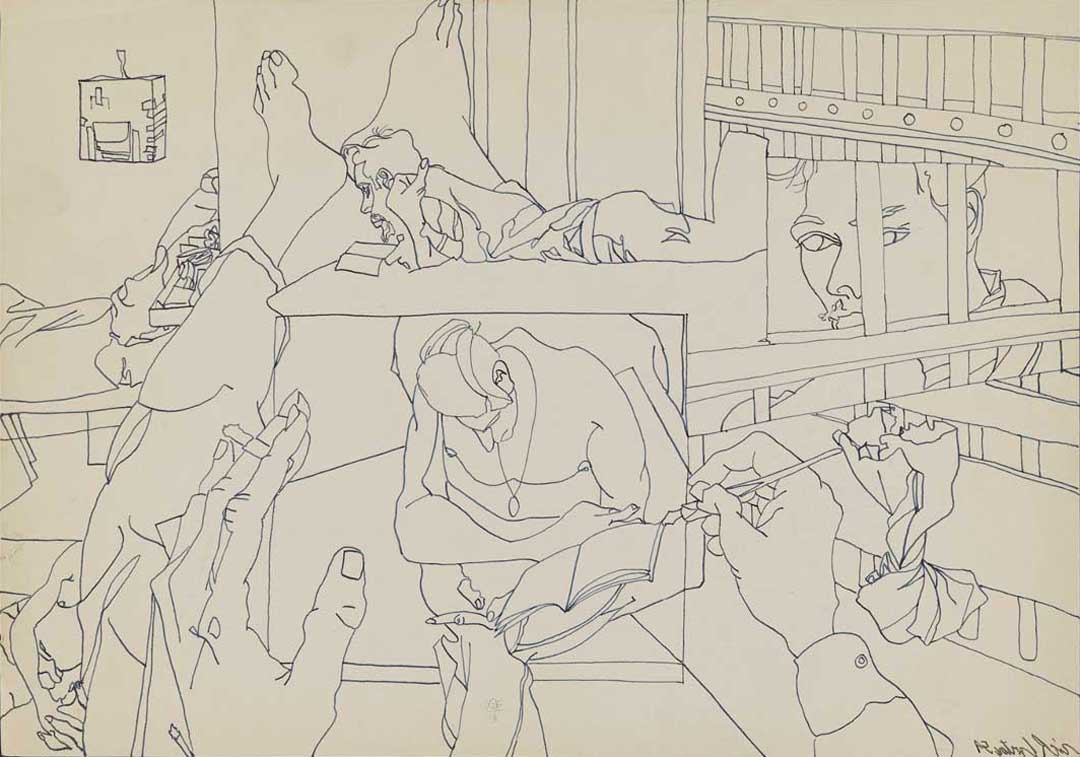

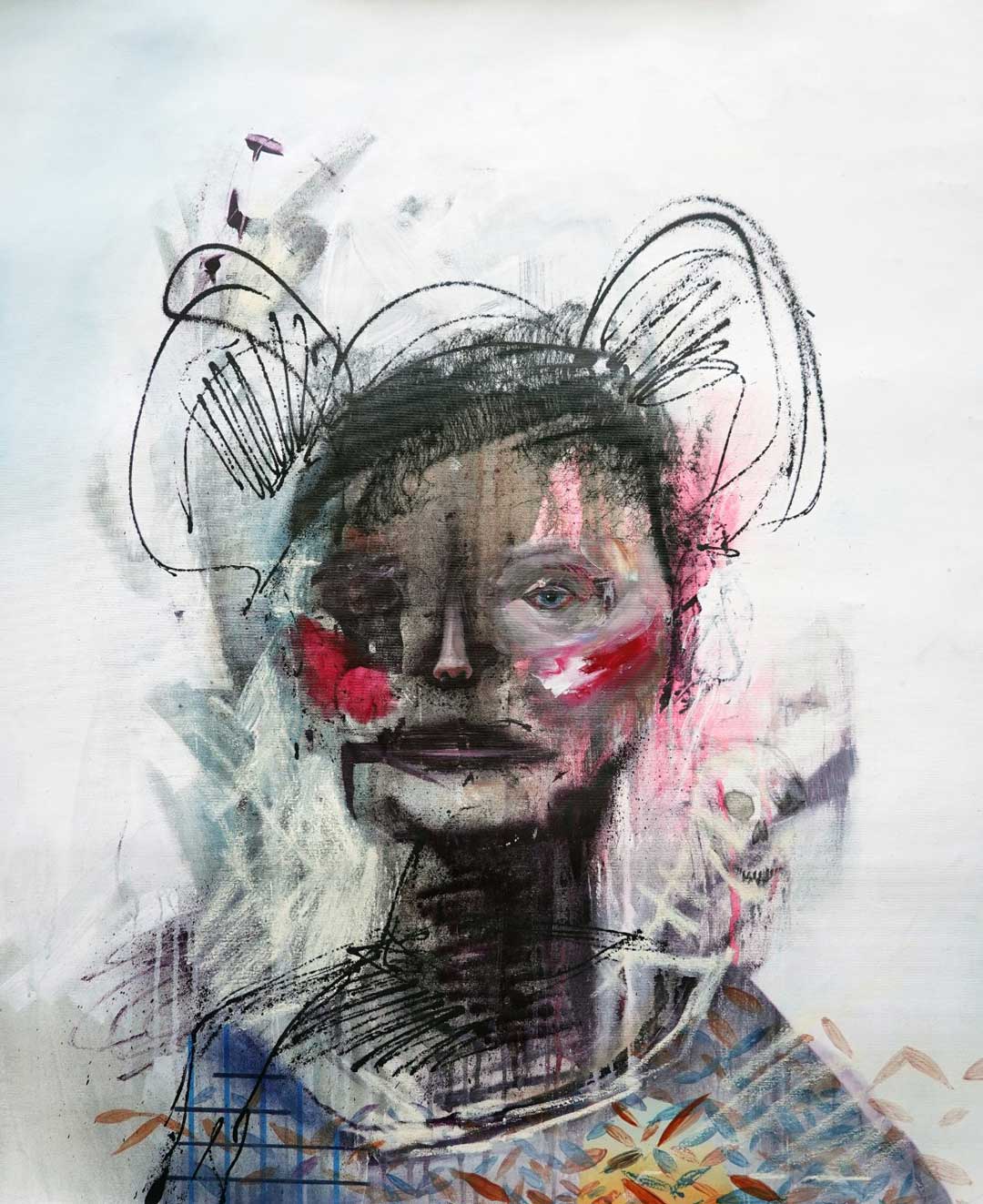
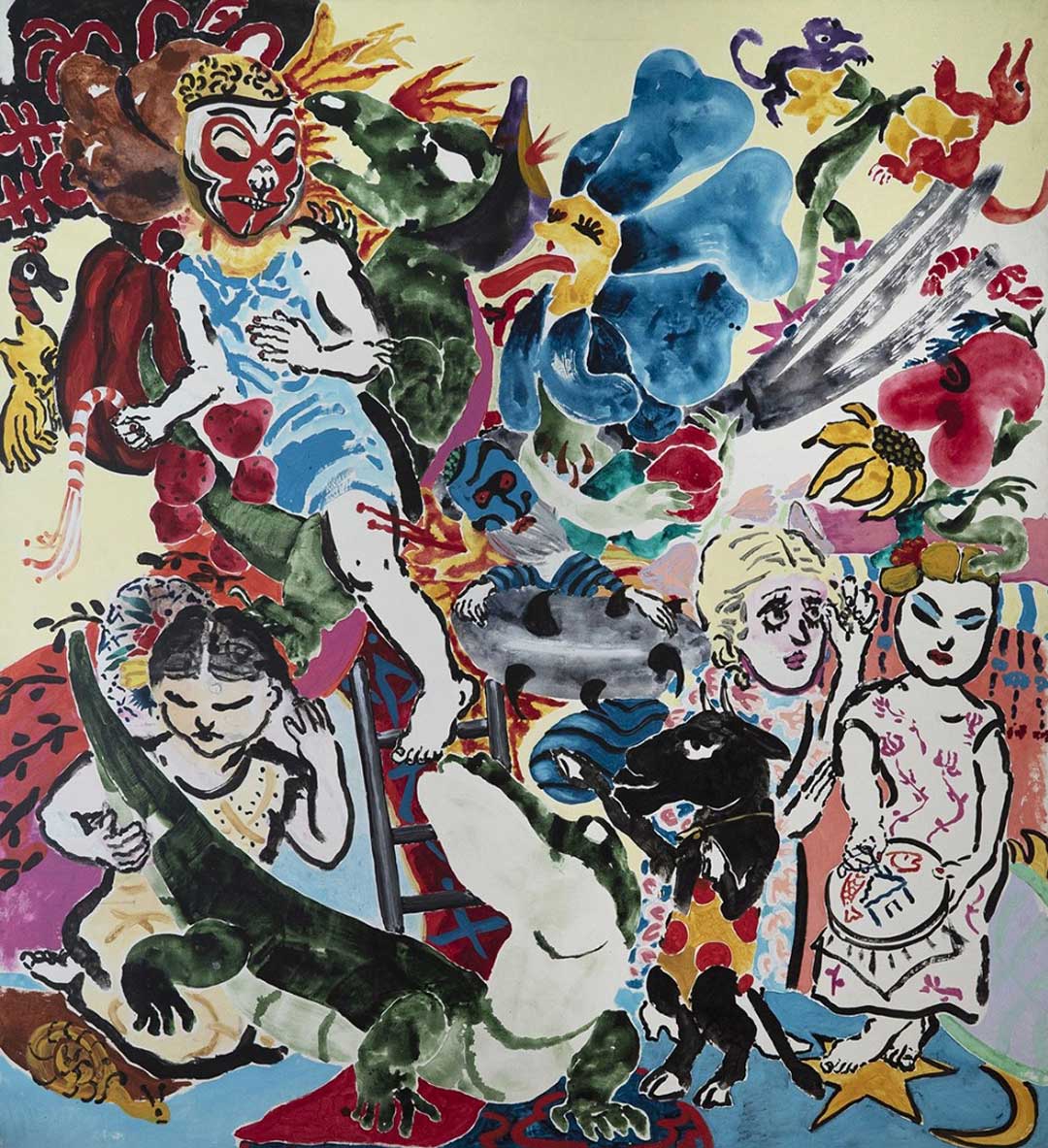

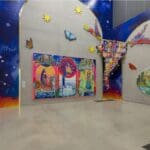



![Artist Shares Secrets of How To Draw Incredibly Realistic Portraits [Interview]](https://artistvenu.studio/wp-content/uploads/2023/12/Screenshot_242-150x150.jpg)
